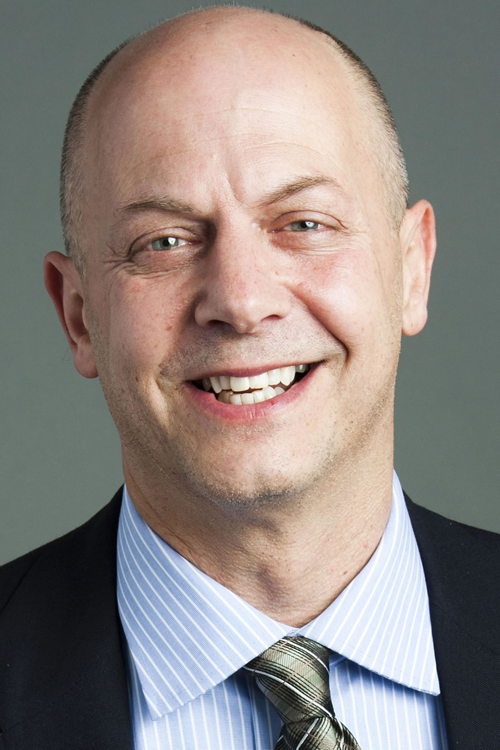02/03/2015

A hot topic in the news today is the new “heroin epidemic.” There actually is nothing new about heroin. It has been a scourge of an addiction problem plaguing big cities and small town USA for decades. What is new is that in recent decades drugs like cocaine, and even more recently, prescription opioids have overtaken methadone in illicit drug overdose deaths. But lurking in the background has always been a heroin-using subculture.
Most of us have an image in our mind of a heroin user as an unkempt, shady character, but in reality many heroin users are moms, dads, doctors, laborers, attorneys, and nurses in communities like ours. What has changed is that there is now a larger population of people who were introduced to opioids via prescription drugs, some prescribed to them, some prescribed to people they know. And some of those people, once the prescription faucet is turned off, turn to heroin to keep their habit going.
Of course there is also the population of people with prior heroin addiction who seek medically-provided opioids to satisfy their craving and/or sell. An addictionology colleague of mine stated it simply: “Someone addicted to heroin is not picky about in what form he gets his opioids. Sure he prefers something pure and injectable. And prescription opioids are purer than street heroin. But he will take what he can get.”
Heroin, the Other Opioid
Heroin was actually invented and sold in the late 1800s/early 1900s as a “less addictive” opioid to help stave off an epidemic of morphine and opium addiction. History repeats itself. America’s, Europe’s and the world’s desire for opioids goes back centuries. Opioids, prescription or not, are one of the most addictive classes of substances known to man. They cause early physical dependence, with terrible side effects when they are missed (withdrawal). And their effectiveness to prevent these symptoms gets weaker and weaker, requiring more drug (tolerance).
Users of prescription opioid pain relievers have discovered they can get heroin as a source of opioids and vice versa. An article to be published in the March 2015 issue of the Annual Review of Public Health indicates that “According to the federal government’s National Survey on Drug Use and Health (NSDUH), 4 out of 5 current heroin users report that their opioid use began with OPRs [(opioid pain relievers)].” Most of those users who switched from opioids to heroin stated they did so because prescription opioids “‘were far more expensive and harder to obtain.’”
The Worry About Heroin and Her Sisters
In addition to the many concerns about the effectiveness of high dose opioids for chronic non-cancer pain and their many physical and mental side effects, experts have always worried about physical dependence and frank addiction. It is a legitimate concern as you can see above. In fact, Oxycodone has a colloquial nickname, “hillbilly heroin.” Our injured workers with chronic pain present an interesting challenge. Most of them did not have any history of illicit substance abuse. Many had a history of which we were not informed. Some develop substance use disorders, but are not frank addicts. This last point is very important because many of the prescription medication “solutions” to opioid addiction being proffered and marketed offer a trade-off to other powerful prescription opioids, often for long-term or lifelong use.
Medications such as methadone or the various buprenorphine products have a legitimate role in addiction treatment. The long-standing debate between maintenance medications and abstinence strategies has raged on forever. On the one hand we have speakers such as one whom I heard at last year’s National RX Drug Abuse Summit who referred to the phenomenon of making patients dependent on prescription opioids, and then transitioning them to other chronic opioids for that addiction, as creating life-long customers for the pharmaceutical industry. On the other side you have claims that abstinence programs are plagued by high relapse rates. Actually, all strategies have high relapse rates. No doubt the long history of methadone clinics has provided data that you can decrease the crime and communicable diseases inherent in intravenous drug abuse for substances such as heroin. So there is some benefit. But are our injured workers those people?
Injured Workers in the Crossfire
The heroin epidemic by definition is an addiction epidemic. The prescription opioid pain killer epidemic is a mixed bag. Some of the injured workers would classify as addicts. Many are physically dependent. And most are in this middle ground with physical dependence, a very poor understanding about what the opioids are doing to them and just enough opioid-induced cognitive and emotional impairment to not be able to make good decisions.
Finding the right solution is an art and science. But the needs of a prescription dependent injured worker are even more nuanced than that of a heroin addict. The solution begins with understanding their physical, emotional and behavioral relationship to opioids and perhaps, specifically heroin and other illicit drugs we may not know about. Only then can you determine whether they can be treated by detoxification, weaning and abstinence, or commitment to maintenance opioids for addiction.
For more information on opioids and appropriately prescribing pain medication within the context of a rehabilitation plan, visit the Paradigm Outcomes website for white papers and webinars, or follow the company on LinkedIn, Twitter, and Facebook.
About the Author
 Steven M. Moskowitz, MD, is the Senior Medical Director and supervisor of Paradigm Outcome’s complex pain program. Dr. Moskowitz is a specialist in physical medicine and rehabilitation with clinical expertise in complex musculoskeletal and neurologic rehabilitation including spinal cord injury, multiple sclerosis and chronic pain.
Steven M. Moskowitz, MD, is the Senior Medical Director and supervisor of Paradigm Outcome’s complex pain program. Dr. Moskowitz is a specialist in physical medicine and rehabilitation with clinical expertise in complex musculoskeletal and neurologic rehabilitation including spinal cord injury, multiple sclerosis and chronic pain.